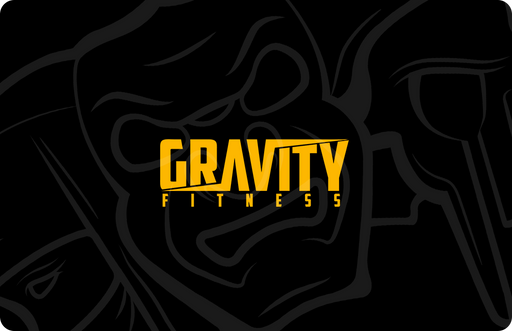
Ancient styles of training: physical culture in Persia
Ancient styles of training: physical culture in Persia
How has the physical training of ancient Persia influenced modern-day functional fitness trends?
The Persian Empire might be long gone, but its athletes and warriors have left a lasting impression on physical culture. Persia was the name given to the area we now know as Iran, and the Persian Empire dominated a huge span of history – from way back in 550 BC. Persian athletes and armies were trained to hold off attacks from all sides, and became masters of fighting, wrestling, horseback sports and calisthenics. Fun fact: the Persian language of Farsi has more than 30 words meaning hero or champion.
But training in ancient Persia wasn’t just about being strong and athletic. Training was intertwined with movement, dance, rituals and community bonds between generations.
Let’s look at some of those ancient training styles and sports to see what we can learn from Persian physical culture.
How did ancient Persian athletes train?
Strength training and combat-style sports were the foundations of ancient Persian physical culture. The earliest style of formal training was grappling and wrestling, which took place in outdoor pits called the chartaa. Then came the Zourkhānei (“house of strength”) - the equivalent of a gym – which was used for military training. The calisthenics, bodyweight workouts, and weight training techniques used in the zurkhaneh became deeply rooted in Persian identity.
Training in the Zourkhānei wasn’t only about physical development. The workouts were ritualistic, bringing in elements of movement work, nutrition, prayer, and self-development for a balanced approach to physical culture.
Zourkhānei spaces were so culturally significant that they are recognised by UNESCO as sacred structures, and existed in some parts of Iran until the 1980s.
Calisthenics and Persian culture
Weight training and wrestling were the core components of training in ancient Persia. Athletes and fighters would use dynamic movement, flows, and stretches to warm up, before utilising bodyweight exercises and weight lifting for their main workouts.
Bodyweight training was an important part of Persian physical culture, and was used in dance-type flows, strength workouts, and of course wrestling and grappling. For dedicated strength work, various pieces of equipment would have been used, including wooden clubs, metal shields and combat tools – including the kabadeh which can weigh up to 110kgs!
Famous forgotten sports from Persia
Koshti pahlavāni – a combined martial art that formed the core of combat training in ancient Persia (and was used in the famous Zourkhānei rituals). Pahlavani combines wrestling, grappling, gymnastic and calisthenic movements performed in a group, sometimes using equipment symbolising weapons. The wrestling aspect was used to train men for combat, but regional variations were also practiced by people across the Persian empire.
Varzesh baastani – a sport using ancient weapons including spears and bows. The name means “ancient sport” and has been traced back to the Parthian Empire as early as 247 BC. The warm up includes bodyweight flows similar to a Hindu push up from calisthenics. The main exercises were carried out to the beat of music.
Mil-giri – a group workout using two wooden clubs (mil) to build or test strength and power, probably similar to Indian clubs or steel mace workouts today.
What sports is Persia known for?
These days, the sports most closely associated with Iran are wrestling and bodybuilding. Strength, muscularity, and athleticism are highly prized and it’s no surprise when you look back at the long history of physical culture in ancient Persia.
How to train like a Persian warrior
Want to bring some of that Persian hero energy into your own training? The obvious place to start would be steel mace or Indian club training. Indian clubs are a modern-day version of the wooden mil (clubs) used by athletes and warriors in ancient Persia.
The Gravity Fitness store stocks steel Indian clubs ranging from 2kg up to 20kg. Take a look at our full range of Indian clubs or shop the functional fitness equipment store.











































